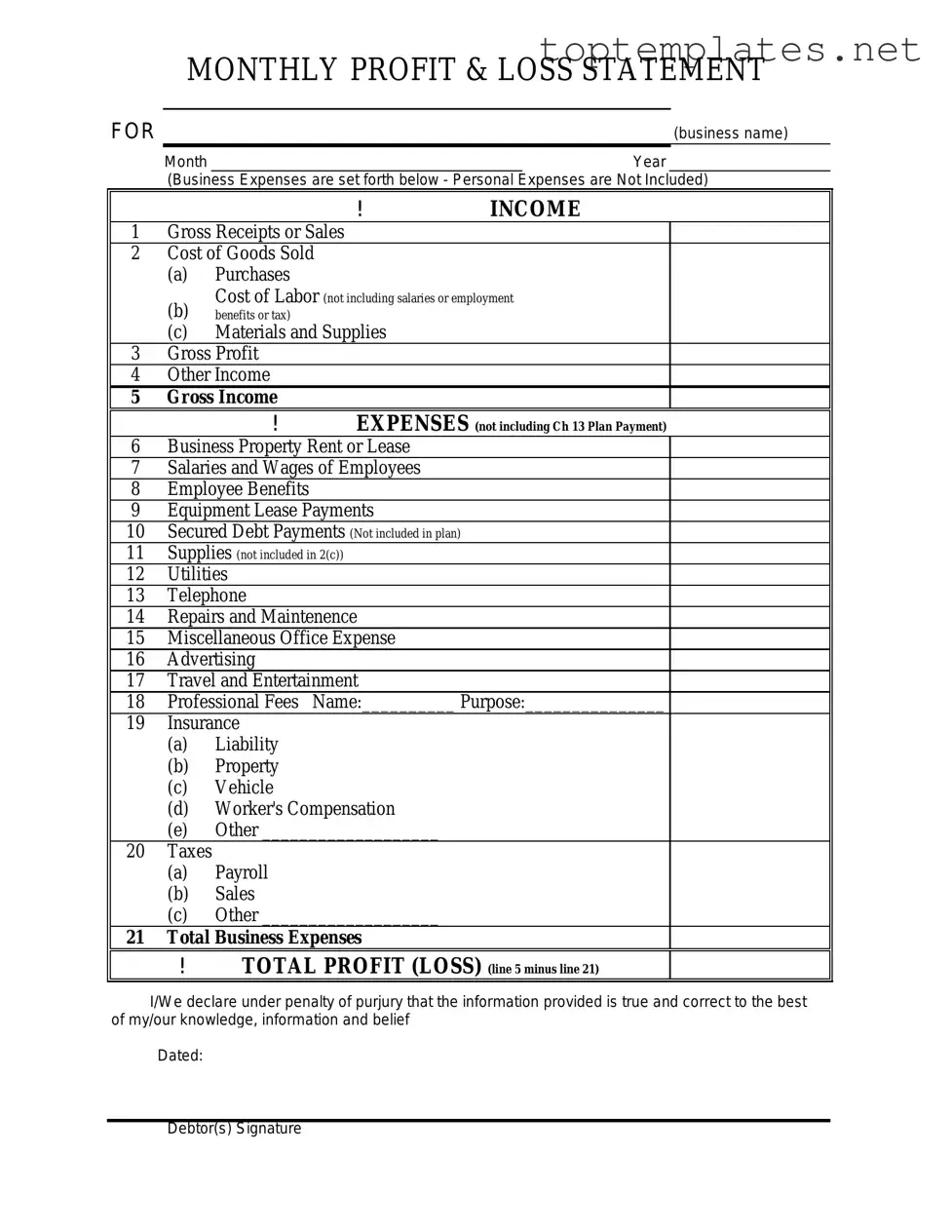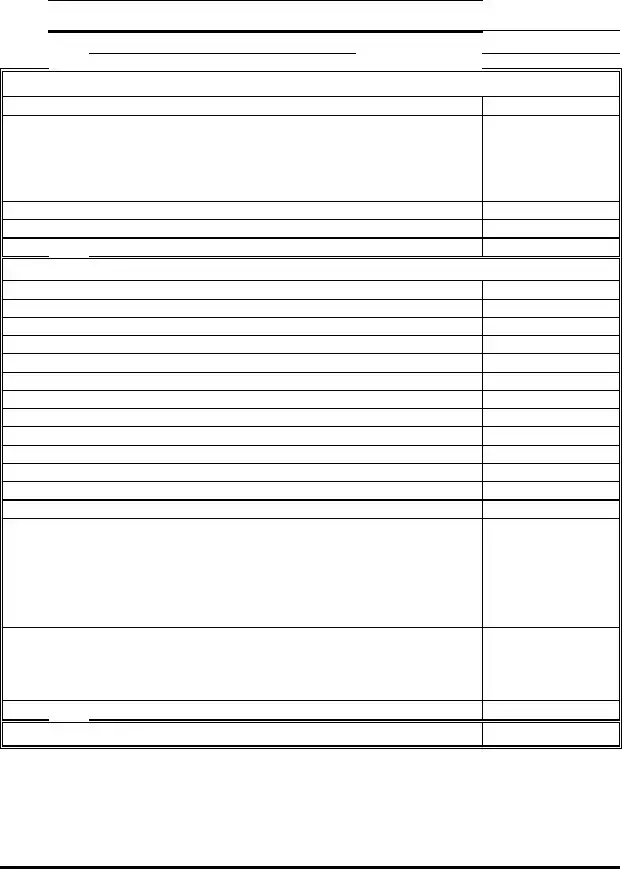What is a Profit and Loss (P&L) form?
A Profit and Loss (P&L) form, also known as an income statement, is a financial document that summarizes the revenues, costs, and expenses incurred during a specific period, usually a fiscal quarter or year. By providing a snapshot of a company's financial performance, the P&L statement helps stakeholders understand how much profit the business has made or how much loss it has suffered over the period.
Why is the Profit and Loss form important?
This form is critical because it provides invaluable insight into the financial health and operational efficiency of a business. For business owners, it's an essential tool for making informed decisions, such as cutting costs or identifying areas for expansion. For investors and lenders, the P&L statement offers a clear picture of a company’s profitability and potential risks, informing their investment or lending decisions.
What are the key components of a Profit and Loss form?
The key components include revenue, cost of goods sold (COGS), gross profit, operating expenses, operating profit, other expenses or incomes, and net profit before and after tax. Revenue represents the income received from normal business operations. COGS are the direct costs attributable to the production of the goods sold by the company. Gross profit is calculated by subtracting COGS from revenue. Operating expenses include salaries, rent, and utilities. Operating profit, or earnings before interest and taxes (EBIT), is the profit earned from regular business operations. Other expenses or incomes could include interest received or paid, profits from investments, or exceptional costs. Net profit, the bottom line, shows the actual profit after all expenses and taxes.
How often should a business prepare a Profit and Loss statement?
It is advisable for businesses to prepare a P&L statement at least on a quarterly basis. However, preparing it monthly can provide a more timely insight into financial performance, allowing for quicker adjustments in strategy if necessary. An annual P&L statement is also needed for a comprehensive overview of the year’s financial activity, which is useful for tax preparation, reporting to stakeholders, and strategic planning for the next year.

